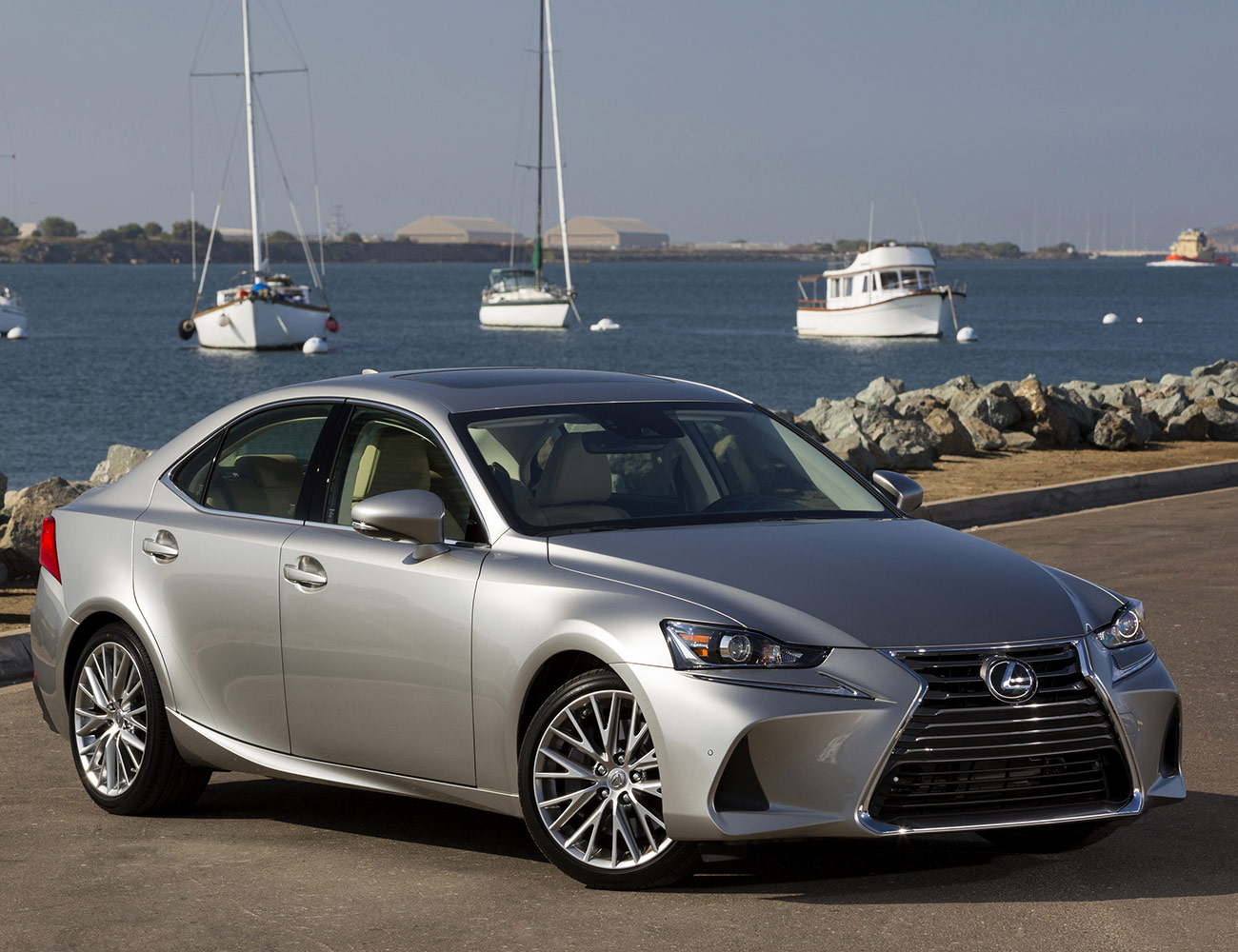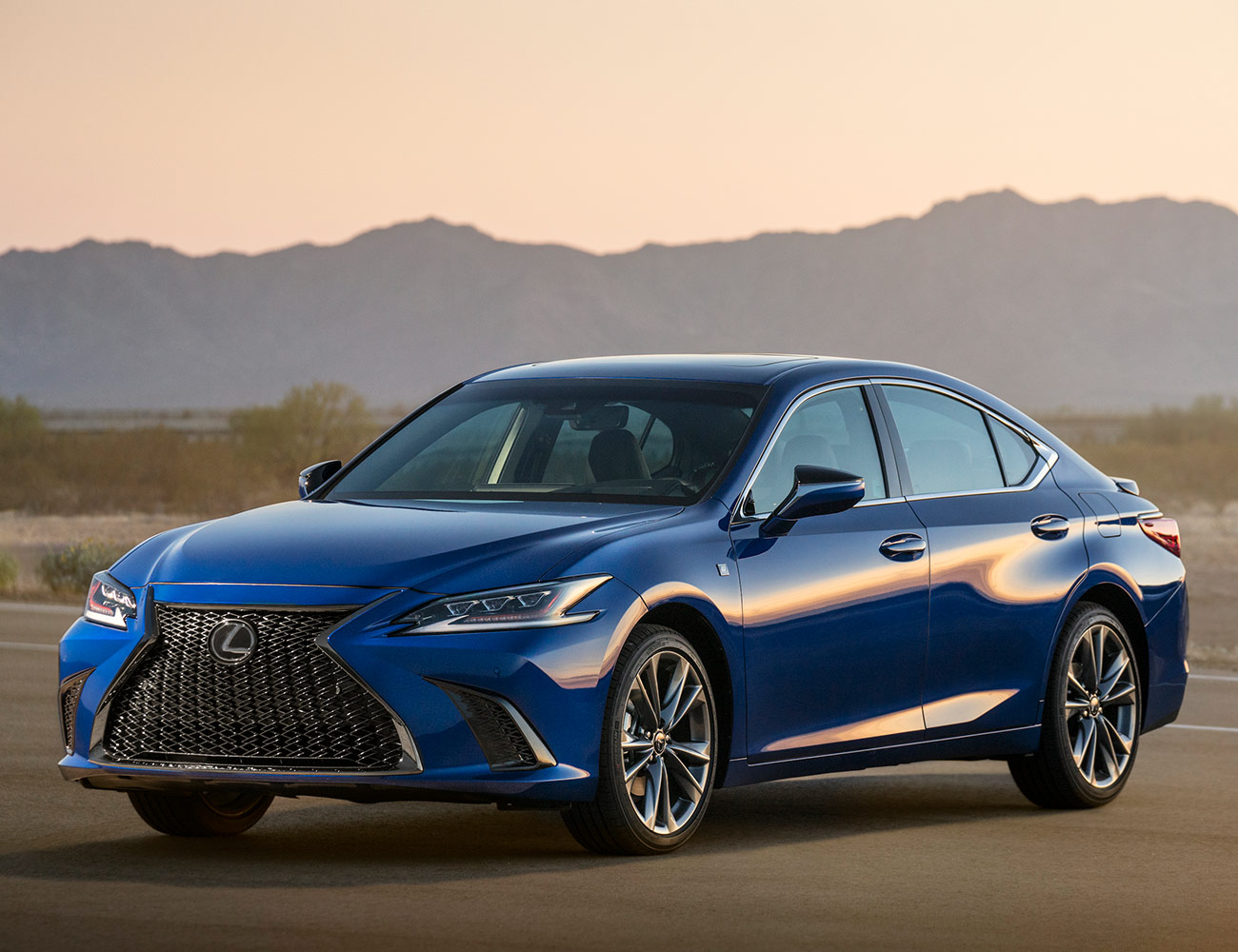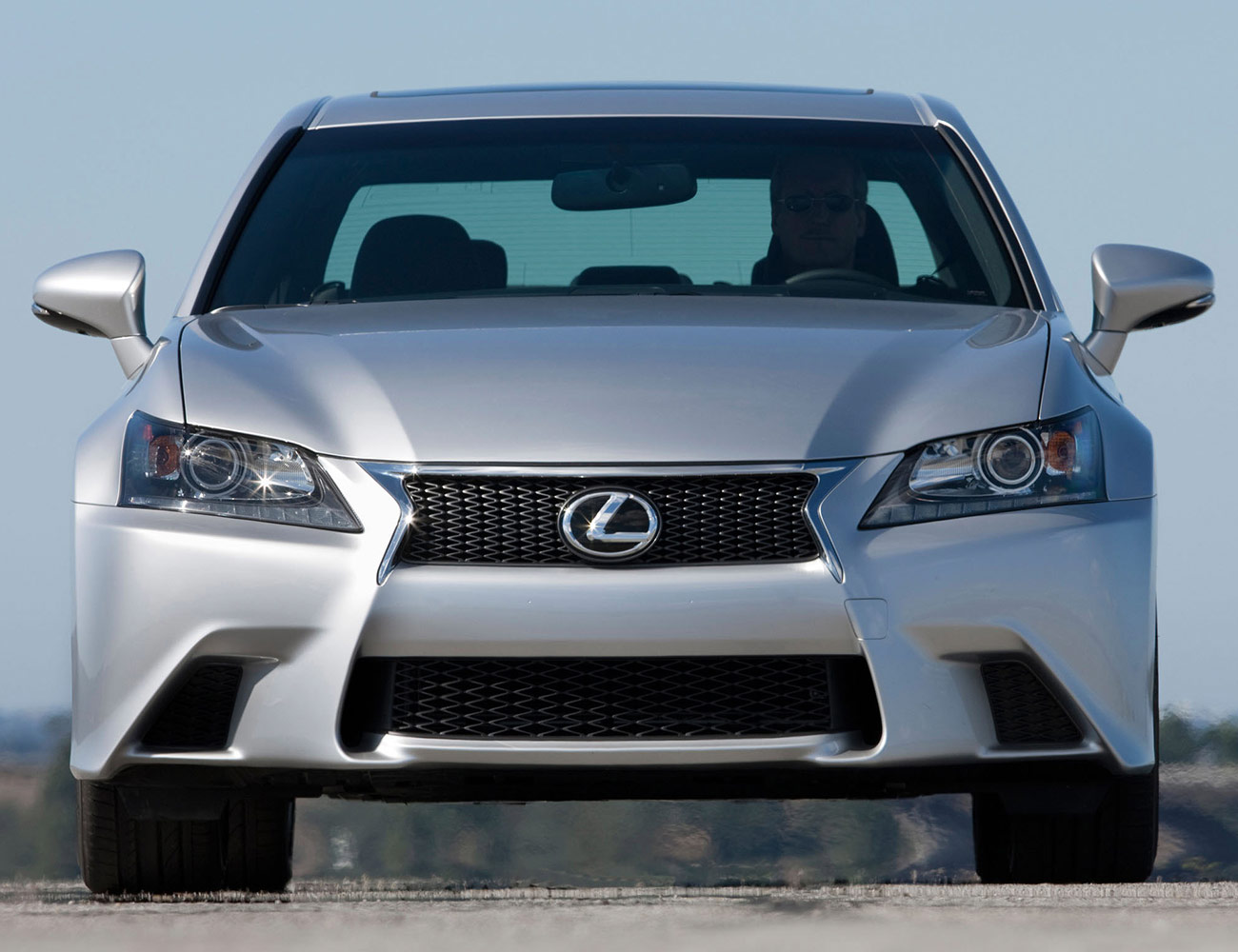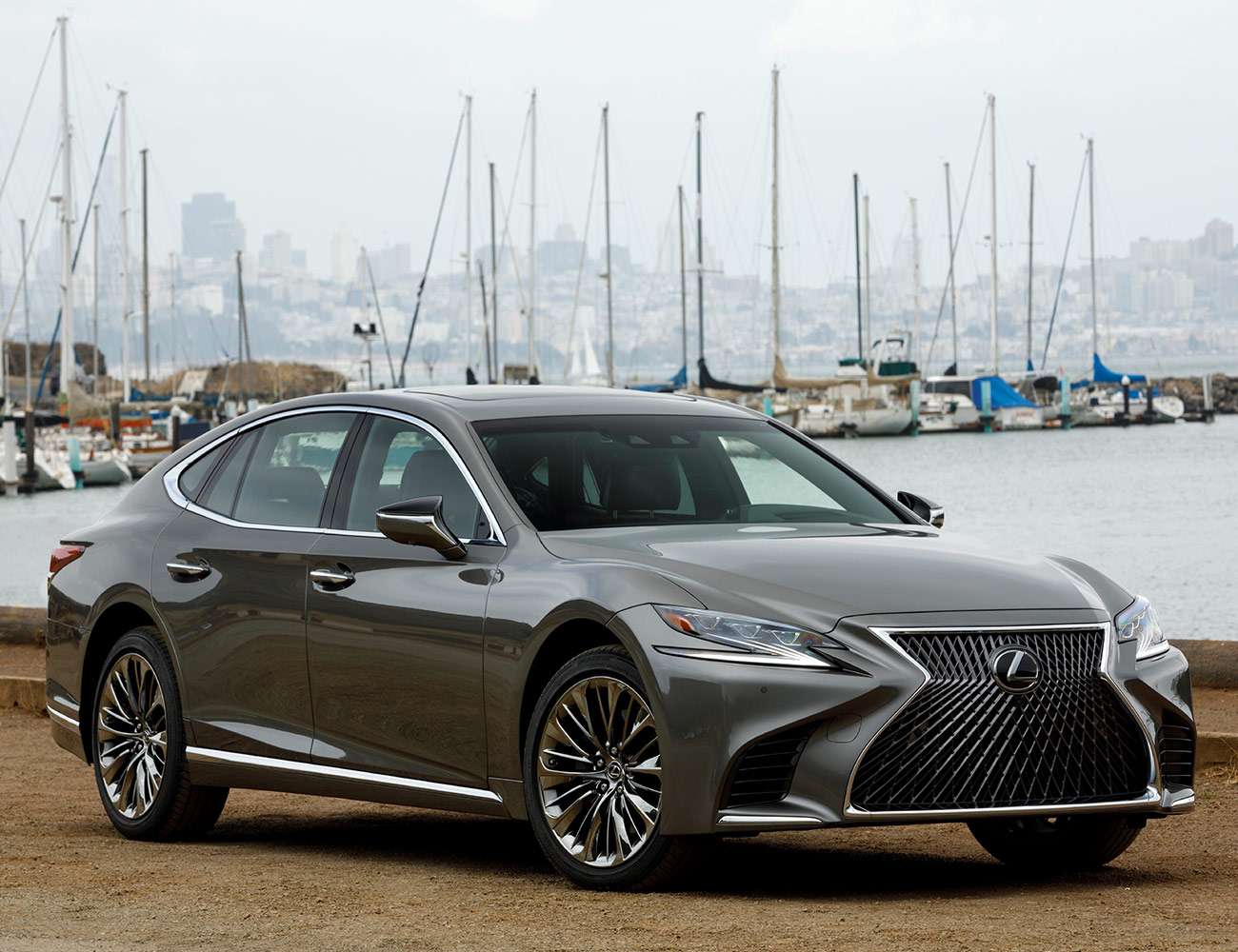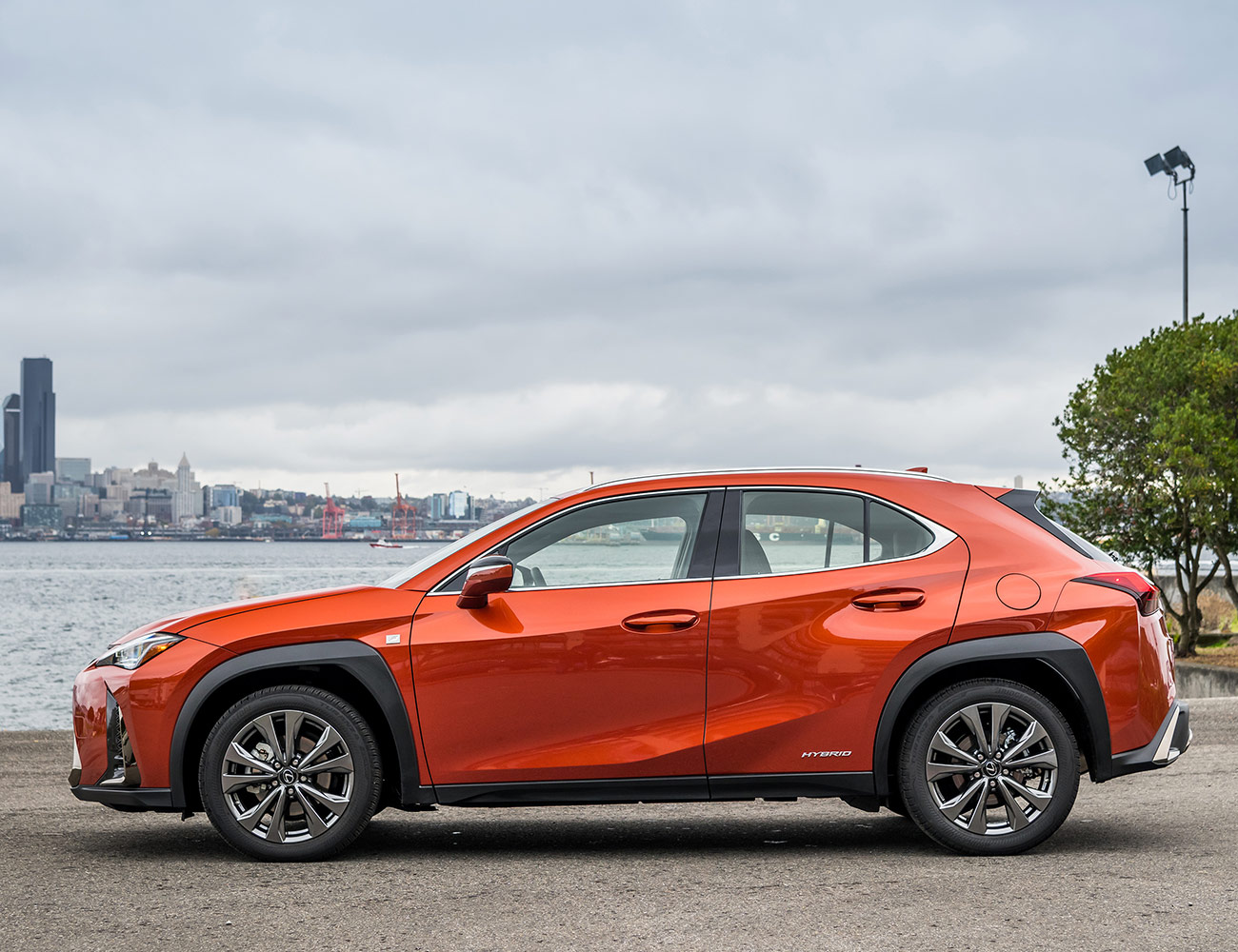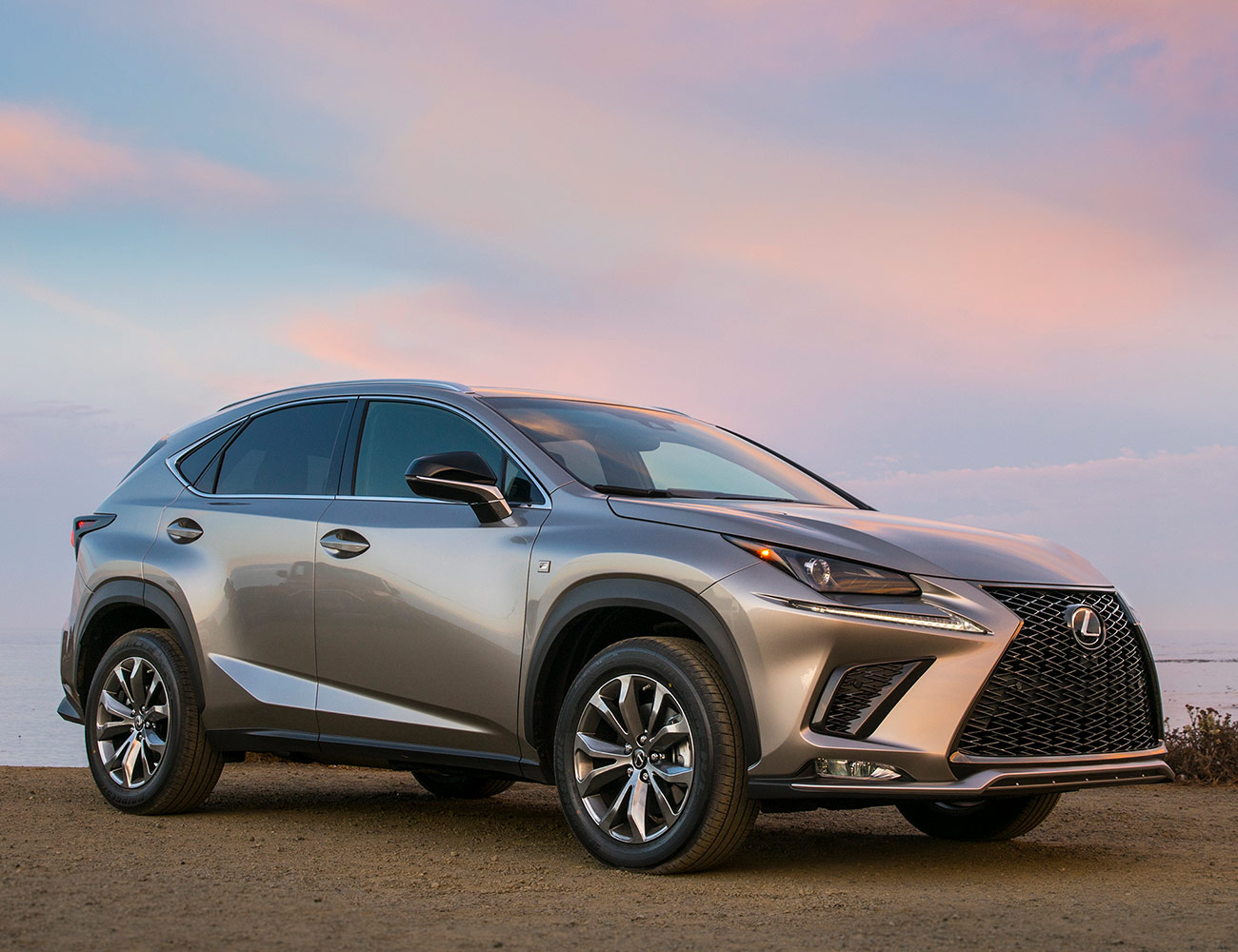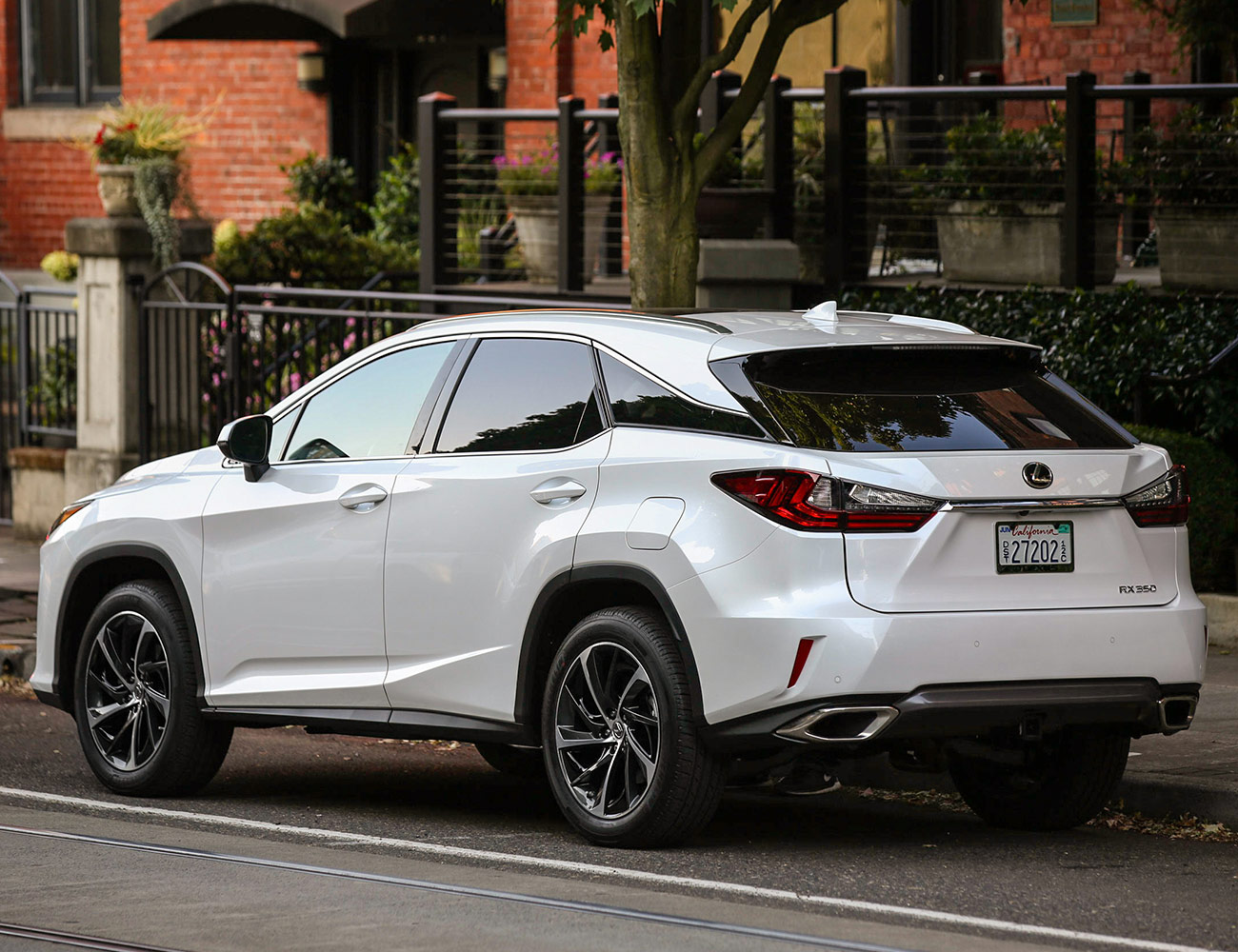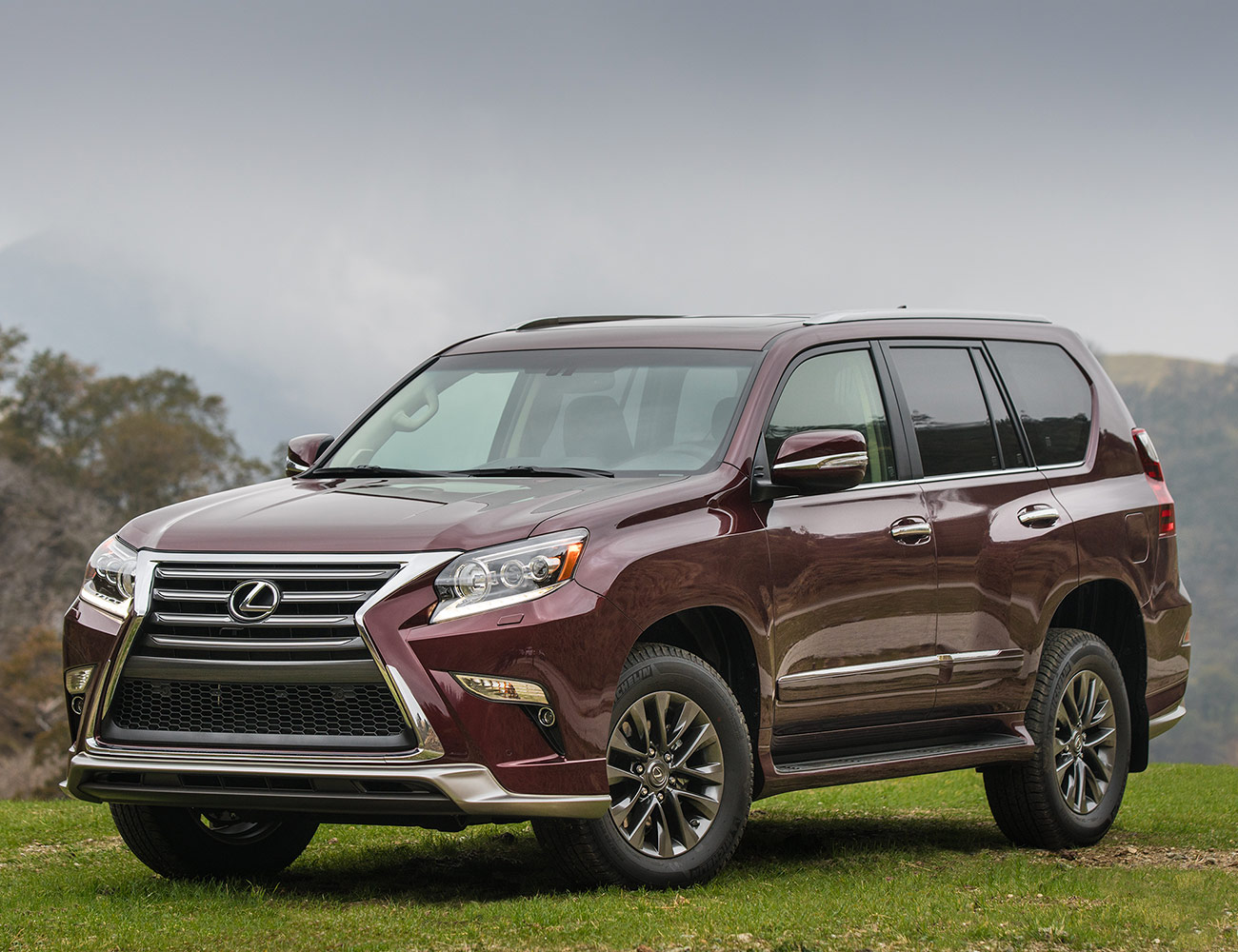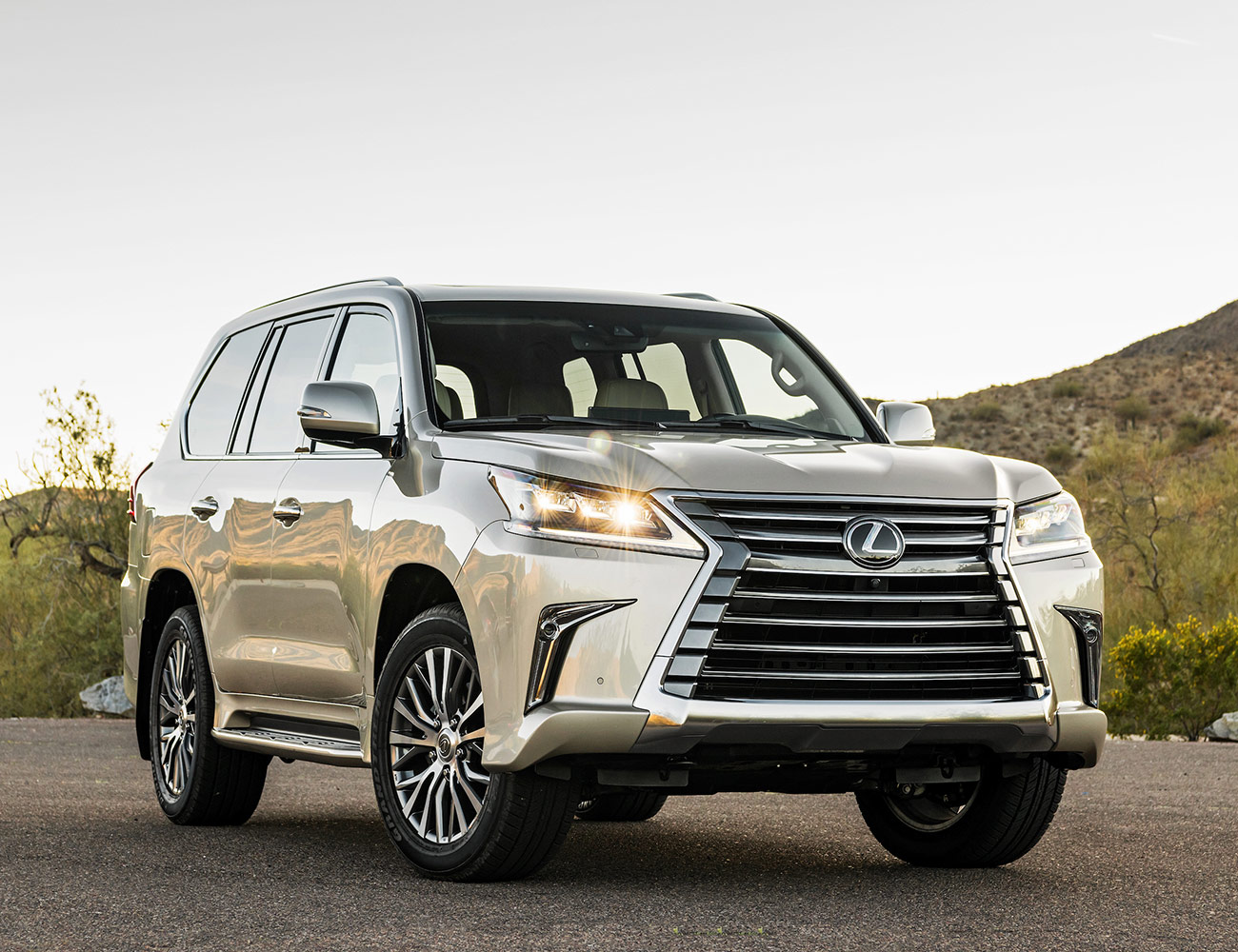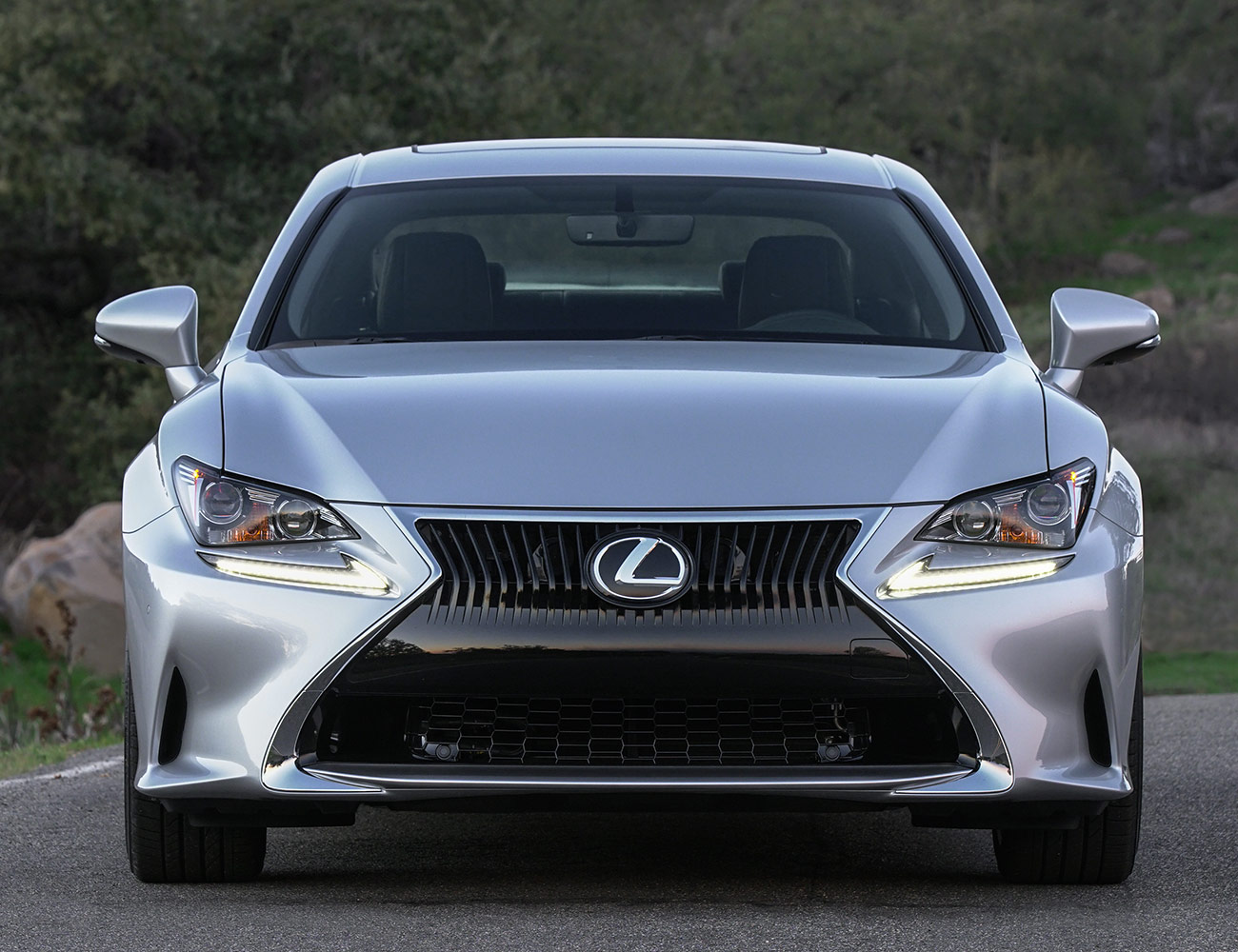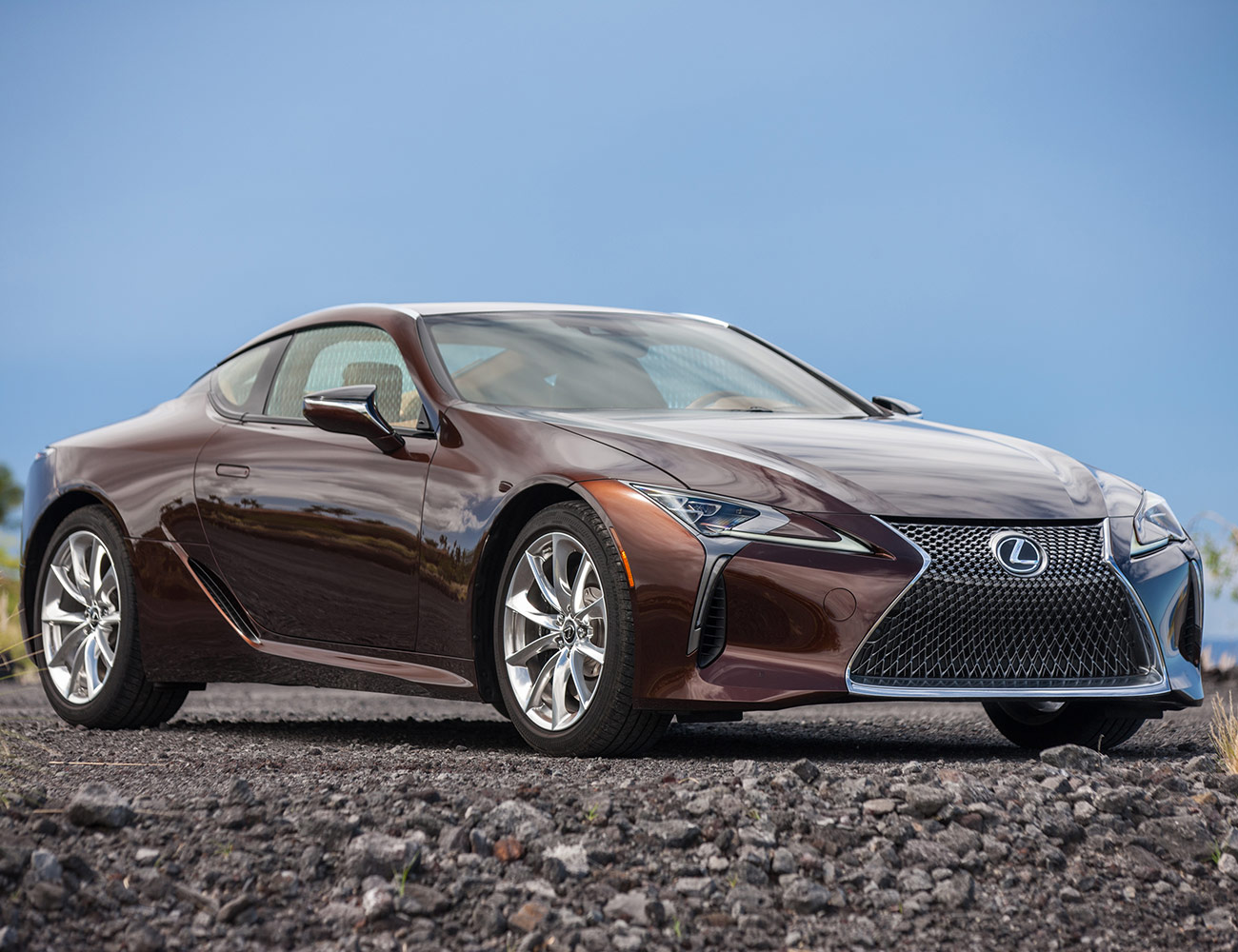Lexus is Toyota’s luxury car division based out of Nagoya, Japan. Toyota created the marque in 1989 to create a more exclusive brand for its premium cars in foreign markets. Lexus started out building the LS and ES sedans, but has since expanded to SUVs, coupes, convertibles, and even the occasional supercar. Lexus’ main rivals include German heavyweights Mercedes-Benz, Audi, and BMW, as well as its Japanese-market foes Infiniti and Acura and American rivals Cadillac and Lincoln.
Lexus is very much part of Toyota, with all that it entails. Lexus can be more conservative than its competitors, being slower to react to trends and less frequent with its model upgrades. On the other hand, Lexus’s styling can be eccentric and polarizing; the brand’s current penchant for oversized “spindle grilles” is a prime example.
Lexus durability, however is legendary; in one famous example, a 1996 LS 400 crossed the million-mile mark in February 2019. And the brand has cache: Hip-hop and country music lyrics frequently reference Lexus due to the cars’ status as a wealth signifier, the name’s alliterative value, and the handy fact that Lexus rhymes with Texas.
On the surface, Lexus employs a simple alphanumeric naming system: The first letter tells you the trim; the second gives you the body style; the three digit number following denotes the engine displacement (a 2.0-liter engine becomes “200,” 3.0 liters equals “300,” et cetera). In practice, it’s not so simple. Trim letters – I, E, G, L, U, R, N – have no real meaning, and don’t follow alphabetical order in terms of price or status. The three-digit number no longer tracks engine displacement directly. On some models the same number can be used with entirely different engines.
To alleviate the confusion, here’s a reference guide:
Lexus Terminology
F: “F” designates a car produced by Lexus’ high-performance division, the equivalent of AMG at Mercedes or M at BMW. The “F” comes from Fuji International Speedway, the track where Lexus develops those cars.
F Sport: “F Sport” cars are sportier trims of standard Lexus models. They include modest performance enhancements and interior/exterior styling upgrades. They do not receive an enhanced powertrain as true “F” cars do.
LF: This is the designation used for concept cars, such as the LF-1. LF stands for “Lexus Future.”
Spindle Grille: Lexus uses large, distinctive grilles on the front of vehicles extending to the bottom of the car. It’s a polarizing design feature. Some have likened the shape to the mouth of the villain from the Predator films.
Buying Guide
IS
At Lexus, “IS” stands for “intelligent sport.” The IS is Lexus’ compact, entry-level sport sedan. The third-generation debuted for 2013. The 241-horsepower IS 300 uses a turbocharged 2.0-liter inline-four and an eight speed automatic. AWD is available for both the IS 300 (which makes 260 hp with AWD) and the 311-hp IS 350, both of which which use a 3.5-liter V-6 and a six-speed automatic. For the 2019 model year, Lexus is offering a limited run “F Sport Black Line Special Edition” of the IS 300.
Body Style: Sedan
Models:
• IS 300 RWD/AWD
• IS 300 F Sport RWD/AWD
• IS 300 F Sport Black Line Special Edition RWD/AWD
• IS 350
• IS 350 F Sport
Engines:
• Turbocharged 2.4-liter inline four-cylinder
• 3.5-liter V-6
Base MSRP: $38,410
Read our review of the Lexus IS here.
ES
The ES is the cheaper and more comfortable of Lexus’ two midsize luxury sedans. Known for its reliability and value, it is Lexus’s best-selling non-SUV model in the United States. The seventh generation of the ES debuted for the 2019 model year. The 311-hp ES 350 uses a 3.5-liter V6 with an eight-speed automatic. The 215-hp ES 300h employs a 2.5-liter hybrid system with a CVT, and boasts an EPA-estimated fuel economy figure of 44 mpg combined. All versions are front-wheel-drive.
Body Style: Sedan
Models:
• ES 350
• ES 350 F Sport
• ES 350 Luxury
• ES 350 Ultra Luxury
• ES 300h
• ES 300h Luxury
• ES 300h Ultra Luxury
Engines:
• 3.5-liter V-6
• 2.0-liter inline four-cylinder with electric motor assist
Base MSRP: $39,600
Read our review of the Lexus ES here.
GS
The GS is Lexus’s sportier, more expensive midsize luxury sedan. The 248-hp GS 300 comes in rear-wheel-drive, with a 2.0-liter inline-four. The 311 hp GS 350 comes in either RWD or all-wheel-drive, with a 3.5-liter V6. RWD vehicles have an eight-speed automatic, while AWD cars use a six-speed automatic.
Lexus also offers a range-topping GS F that starts at $84,450. The high-performance sedan has a 5.0-liter V8 producing 469 hp and 389 pound-feet of torque. It accelerates from 0-60mph in 4.5 seconds. A limited 10th Anniversary edition of the GS F with “Matte Nebula Gray” paint, blue brake calipers, and other premium finishes is available.
Body Style: Sedan
Models:
• GS 300 RWD
• GS 300 F Sport RWD
• GS 350 RWD/AWD
• GS 350 F Sport RWD/AWD
• GS F
Engines:
• 2.0-liter turbocharged inline-four
• 3.5-liter V6
Base MSRP: $46,710
LS
The LS is Lexus’s full-sized flagship luxury sedan. It was the first Lexus-branded model that emerged from the carmaker in 1989. The purely internal-combustion LS 500 uses a 416-hp twin-turbo 3.5-liter V6 and a 10-speed automatic, and accelerates from 0-60 mph in 4.6 seconds. The 354-hp LS 500h uses a hybrid version of the 3.5-liter V-6; it loses half a second on the 0-60 mph time versus the LS 500, but gets an additional five mpg combined. Both versions can be had with RWD or AWD.
Body Style: Sedan
Models:
• LS 500 RWD/AWD
• LS 500 F Sport RWD/AWD
• LS 500h RWD/AWD
Engines:
• 3.5-liter twin-turbocharged V-6
• 3.5-liter V-6 with electric motor assist
Base MSRP: $75,300
Read our review of the Lexus LS here.
UX
The UX, or “Urban Explorer,” is Lexus’s subcompact luxury crossover. It is new for the 2019 model year; with a starting price of $32,000, it is Lexus’s least expensive vehicle. The 169-hp UX 200 and 181-hp UX 250h hybrid use versions of the 2.0-liter inline four. The crossovers earn 33 mpg and 39 mpg combined, respectively. Both versions use a continuously-variable transmission. The UX 200 comes in front-wheel-drive, while the UX 200h has AWD.
Body Style: Crossover SUV
Models:
• UX 200
• UX 200 F Sport
• UX 200 Luxury
• UX 250h
• UX 250h F Sport
• UX 250h Luxury
Engines:
• 2.0-liter inline four
• 2.0-liter inline four with electric motor assist
Base MSRP: $32,000
NX
The Lexus NX is a compact SUV that shares some DNA with Toyota’s best-selling RAV4 crossover. The 235-hp NX 300 comes with a 2.0-liter turbocharged inline-four, a six-speed automatic, and either FWD or AWD. The 195-hp NX 300h hybrid uses a 2.5-liter inline-four; it gets an additional six mpg combined versus the non-hybrid version, and is only fitted with AWD.
Body Style: Crossover SUV
Models:
• NX 300 FWD/AWD
• NX 300 F Sport FWD/AWD
• NX 300h
Engines:
• 2.0-liter turbocharged inline-four
• 2.5-liter inline-four with electric motor assist
Base MSRP: $36,485
RX
The Lexus RX is a midsize crossover SUV. It is the brand’s best-selling vehicle in the US by a considerable margin. The 295-hp RX 350 has a 3.5-liter V-6, an eight-speed automatic, and either FWD or AWD. The 308-hp RX 450h is a bybrid that uses a a 3.5-liter V-6, an electric motor, and a CVT, and earns 30 mpg combined. Both the RX 350 and RX 450h offer an “L” version that adds 4.3 inches to the body length and allows for third-row seating, enabling it to carry up to seven passengers.
Body Style: Crossover SUV
Models:
• RX 350 FWD/AWD
• RX 350 F Sport FWD/AWD
• RX 350 L FWD/AWD
• RX 450h
• RX 450h F Sport
• RX 450hL
Engines:
• 3.5-liter V-6
• 3.5-liter V-6 with electric motor assist
Base MSRP: $43,670
GX
The Lexus GX debuted during the 2010 model year. It’s a traditional midsize SUV with body-on-frame construction, full-time four-wheel-drive and third-row seating. It comes in one version: the GX 460, which uses a 4.6-liter V-8 producing 301 hp and 329 lb-ft. Fun fact: Lexus marketing once tried to coin the verb “GXing,” meaning “effortlessly navigating the urban landscape,” for the car. It didn’t take.
Body Style: SUV
Models:
• GX 460
• GX 460 Premium
• GX 460 Luxury
Engines:
• 4.6-liter V8
Base MSRP: $52,355
LX
The LX is Lexus’s venerable range-topping full-size luxury SUV. It has changed very little since being introduced for the 2008 model year. Calling the LX a rebadged Toyota Land Cruiser isn’t too far off the mark. The LX 570 has a 5.7-liter V-8 making 383 hp and 403 lb-ft, and an eight-speed automatic. Like the GX, the LX is body-on-frame with full-time 4WD. Third-row seating is optional.
Body Style: SUV
Models:
• LX 570
Engines:
• 5.7-liter V-8
Base MSRP: $86,080
Read our review of the Lexus LX here.
RC
The Lexus RC is a two-door coupe that debuted for the 2015 model year. The basic 241-hp RC 300 RWD uses a 2.0-liter inline four turbo. The 260-hp RC 300 AWD and 311-hp RC 350 RWD/AWD use the brand’s 3.5-liter V-6. RWD cars use an eight-speed automatic, while AWD cars have a six-speed.
The $64,750 RC F is the performance model of the RC. It has a 5.0-liter V-8 producing 472 hp and 396 lb-ft of torque and an eight-speed automatic. Lexus also unveiled the $96,650 RC F Track Edition at the Detroit Auto Show in 2019. It’s not a no-frills track car, but it is lighter, has a big wing, and speeds from 0-60 mph in 3.96 seconds, according to Lexus.
Body Style: Coupe
Models:
• RC 300 RWD/AWD
• RC 300 F Sport RWD/AWD
• RC 350 RWD/AWD
• RC 350 F Sport RWD/AWD
• RC F
Engines:
• 2.0-liter turbocharged inline-four
• 3.5-liter V-6
• 5.0-liter V-8
Base MSRP:$41,145
Read our review of the Lexus RC here.
LC
The LC is Lexus’s premium two-door grand tourer. The LC 500 uses a 5.0-liter V8 making 471 hp and 398 lb-ft and a 10-speed automatic. The 354-hp LC 500h hybrid has a 3.5-liter V-6, an electric motor, and a CVT. The hybrid is only 0.3 seconds slower from 0-60 mph, at 4.7sec — and, at 30 mpg combined, is 11 mpg more efficient than the regular LC 500.
Body Style: Coupe
Models:
• LC 500
• LC 500h
Engines:
• 5.0-liter V-8
• 3.5-liter V-6 with electric motor assist
Base MSRP: $92,300

